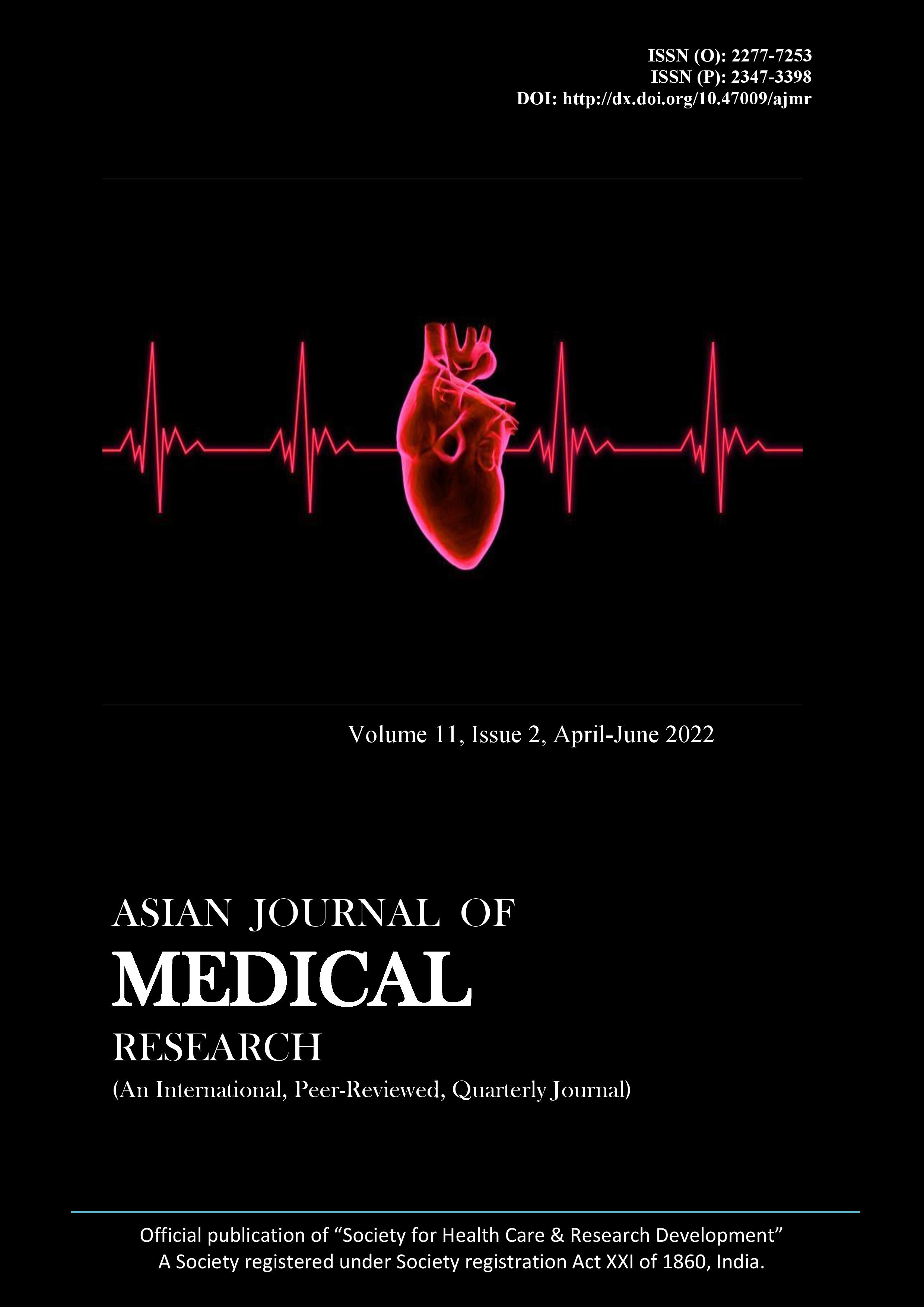Bronchoscopy Characteristics and Outcome in Severe COVID-19 Patients: A Single Centre Study from North India
Bronchoscopy Characteristics and Outcome in Severe COVID-19 Patients
Abstract
Background: Bronchoscopy may be required in patients with severe COVID-19 to manage complications such as atelectasis or haemoptysis. Bronchoscopy in COVID-19, on the other hand, is not without risks and there are various guidelines to reduce clinical practise variability, but the supporting scientific evidence is scarce so, the present study was conducted with an aim to describe the bronchoscopy findings including BAL results and its association with patient outcome. Subjects and Methods: The present cross-sectional observational study was conducted among 120 critically ill patients requiring invasive mechanical ventilation for severe COVID-19 pneumonia admitted at tertiary care hospital during April 2020 to SEP 2021. Bronchoscopy procedure were performed under usual intravenous sedation and with pressure-controlled ventilation mode. After taking informed consent from relatives a pretested proforma was used to record the relevant details. The data was coded and entered into Microsoft Excel spreadsheet. Analysis was done using SPSS version 20. Level of significance was set at P 0.05. Results: The mean age of the subjects in the present study was 51.3 17.1 years. Around two third of subjects were males (65.8%). In this study, 27.0 % of BAL samples were positive for bacterial cultures or CB-NAAT, whereas 12.2 % of BAL samples revealed fungi on culture or spores on KOH mount. Thick mucus secretion was observed more frequently (p<0.05) among dead patients (64.5%) as compared to discharged patients (38.2%). Conclusion: In conclusion, haematic secretions and thick mucus secretion in the respiratory tract, as well as an absence of diffuse mucosal hyperaemia, are poor prognostic factors.
Downloads
Copyright (c) 2022 Author

This work is licensed under a Creative Commons Attribution 4.0 International License.






